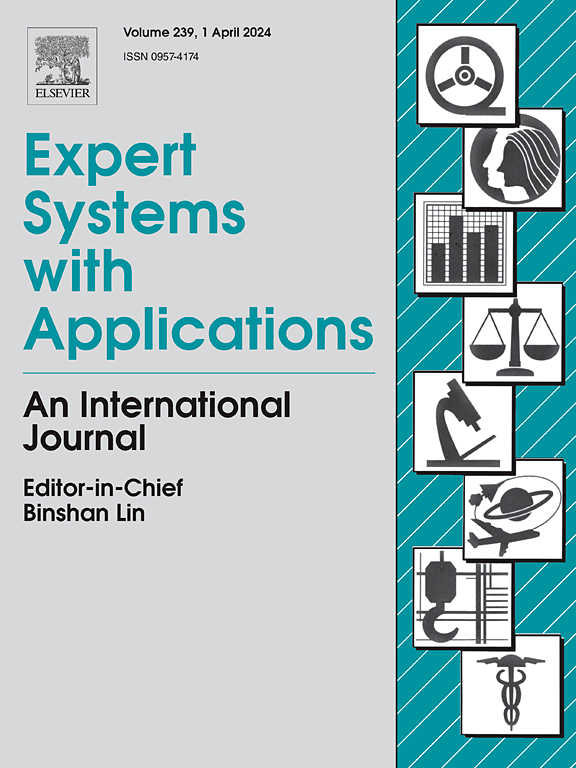Mamba-DDPM-BSA: Diffusion model based boundary sampling algorithm for imbalanced classification
IF 7.5
1区 计算机科学
Q1 COMPUTER SCIENCE, ARTIFICIAL INTELLIGENCE
引用次数: 0
Abstract
Data category imbalance is one of the major challenges in the field of medical image classification. This imbalance seriously affects the accuracy and reliability of the classification model, posing potential risks to doctors’ diagnosis and treatment. This paper proposes a Mamba-DDPM-BSA method to address the imbalanced classification issue of medical image. Firstly, the generative model Mamba-DDPM is designed for the synthesis of medical image samples. It utilizes Mamba’s global modeling capability and linear computational efficiency to improve the quality of generated samples by improving DDPM (Denoising Diffusion Probabilistic Model). Secondly, by oversampling training samples in boundary regions, the proposed Boundary Sampling Algorithm (BSA) enables synthesizer focuses more on decision boundary areas when fitting sample distributions. This approach generates more samples near the decision boundary, pushing the decision boundary that originally intrudes into the minority class distribution towards the true distribution. Finally, a Mamba-DDPM-BSA method is proposed, which adopts an interactive synthesis method and makes full use of diffusion generation model and Boundary Sampling Algorithm to interact with the classification model, aiming to synthesize images that target the defects of the classification model to improve the discriminative ability and robustness of the classifier. Experiments based on HAM10000 data set show that Mamba-DDPM-BSA reaches 81.03%, 82.14%, and 82.71% on Matthew’s correlation coefficient, Balanced Accuracy, and Macro F1, respectively. The proposed method is superior to the traditional imbalanced classification method.
求助全文
约1分钟内获得全文
求助全文
来源期刊

Expert Systems with Applications
工程技术-工程:电子与电气
CiteScore
13.80
自引率
10.60%
发文量
2045
审稿时长
8.7 months
期刊介绍:
Expert Systems With Applications is an international journal dedicated to the exchange of information on expert and intelligent systems used globally in industry, government, and universities. The journal emphasizes original papers covering the design, development, testing, implementation, and management of these systems, offering practical guidelines. It spans various sectors such as finance, engineering, marketing, law, project management, information management, medicine, and more. The journal also welcomes papers on multi-agent systems, knowledge management, neural networks, knowledge discovery, data mining, and other related areas, excluding applications to military/defense systems.
 求助内容:
求助内容: 应助结果提醒方式:
应助结果提醒方式:


